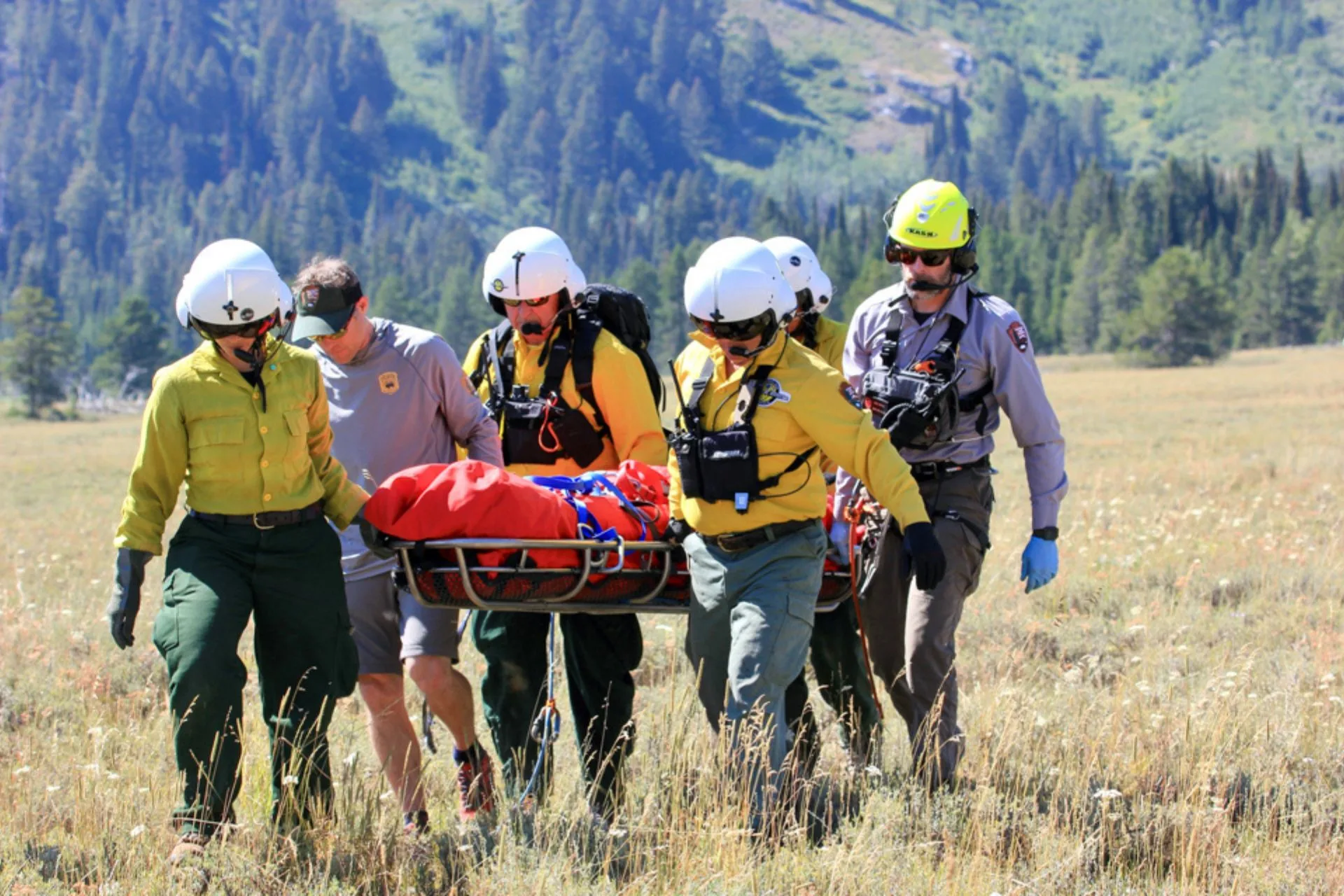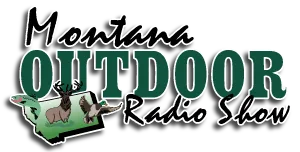BRETT FRENCH | bfrench@billingsgazette.com
As Two Bear Air Rescue’s helicopter hovered close to a steep cliff in Glacier National Park to recover the body of a man who had fallen to his death in July, numerous people with cellphones hiked the nearby Highline Trail.
“If there was nobody there and no cellphones,” Wil Milam said the retrieval would have been completed more quickly. Milam is chief rescue specialist for Two Bear, which is based near Whitefish.
“It wouldn’t have looked pretty,” he said. “We would have taken a daisy chain, looped it around his ankle, looped it around his wrist, whatever, and just quickly fly away. Now what’s that going to look like on social media?”
Social media theme
Milam spoke on a panel at the 2025 Montana Outdoor Recreation Summit on Oct. 22 in Billings. He was joined by Bill Berg, a former Park County commissioner, and Jeff Mow, the retired superintendent of Glacier National Park. Cam Sholly, Yellowstone National Park superintendent, was absent due to the government shutdown.
Although the group’s discussion topic was “Adapting to extremes: Community resilience, response, and recovery in managing outdoor recreation,” the individuals’ involvement with social media was a recurring theme.
Their comments highlighted that social media is affecting the outdoors in ways not predicted when cellphones with cameras and video devices hit stores 25 years ago. Those early models weren’t much of a concern since their photos were low quality.
Then in 2010 Apple introduced a cellphone featuring camera upgrades and high-definition video. By then, anyone with the proper device could capture events and instantly post them live on platforms like Facebook and YouTube.
Popular posts might go viral, meaning the most unusual or unique content would attract a vast, nationwide audience.
New visitors to Glacier
By 2015-16, Glacier National Park was seeing new visitors thanks to social media posts highlighting northwest Montana’s scenic peaks, forests and lakes. These weren’t just new visitors to Glacier, however, they were acting like people new to recreating in the outdoors.
Prior to then, Glacier visitors typically had been to other parks first, said Mow, who served as Glacier’s superintendent from 2013 to 2022.
“But now we’re seeing a new demographic,” he said, which was emphasized in July 2017 when more than 1 million visitors entered the park.
“We were the first national park west of the Mississippi to have over a million visitors in one month,” Mow said. “Yellowstone hadn’t been there. Yosemite hadn’t been there. Grand Canyon hadn’t been there.
“We believe that it comes back to the rise of social media, and how social media played so heavily on Glacier for its scenic values, so visually captivating,” Mow said. “It just drove that new demographic to the park.”
It was park concessioners who first spotted the newbie trend and brought it to Mow’s attention, but it soon became apparent to the park’s rescue teams.
“We had some really hot, dry summers where I think we had six days in a row we had to do carry outs from Granite Park Chalet down to The Loop, just simply because so many people were showing up with not enough water,” Mow said.
The Loop is a switchback on the Going to the Sun Road and one of the trailheads to hike to Granite Park Chalet.
“That’s when we realized we needed to develop something we’ve never done before, which is preventative search and rescue,” Mow said.
This involved placing a ranger or volunteer at trailheads to talk to people about simple things like how much water they were carrying. Signage has since been erected to provide visitors with similar information.
Leading to changes
As Milam said, social media has also changed how Two Bear Air Rescue conducts its missions.
In the retrieval of the man who had died after falling off a cliff on 9,544-foot-high Mount Gould this summer, Milam said in order for the recovery to be social-media friendly the crew was placed in greater danger as it took more time to rig the victim as if he were being rescued.
“So now we’re in a hover up against a cliff face for three minutes, where the pilot’s fighting some winds that have kicked up, taking the time to make sure that this person looks like we’re taking care of it,” he said.
As a result of this incident, Milam said the company negotiates with the Park Service to close roads or trails when conducting a recovery mission near a high-traffic area.
“What we’re trying to avoid is adding more fatalities,” Milam said, by not putting the team in a compromised situation. “That’s what social media is doing.”
Other changes thanks to tech
Technology is changing the outdoor experience in other ways, as well.
The latest iteration of iPhones have a crash detection feature that automatically sends out an SOS when triggered. Milam said Flathead authorities have received some false alarms, but it also helped his crew locate two unconscious men after they crashed a plane in Oregon.
In Wyoming’s Grand Teton National Park, Berg noted that hikers and climbers are often calling from cellphones to report incidents requiring rescue. That ability leads some backcountry users to have a false sense of security and enter the woods or mountains less prepared to be self-reliant than they should be.
Milam said the same applies to avalanche beacons, devices that allow backcountry skiers, snowboarders and climbers to locate a partner buried under the snow. While in Alaska, he said a presentation showed a large spike in avalanche fatalities after the first digital avalanche beacons were released.
“Technology has gotten people thinking they can go out and all is good,” he said. “That’s not been the case.”



